How The Witcher 3's best quest was made
The story behind The Witcher 3's best quest, and the flawed, human character at its heart.
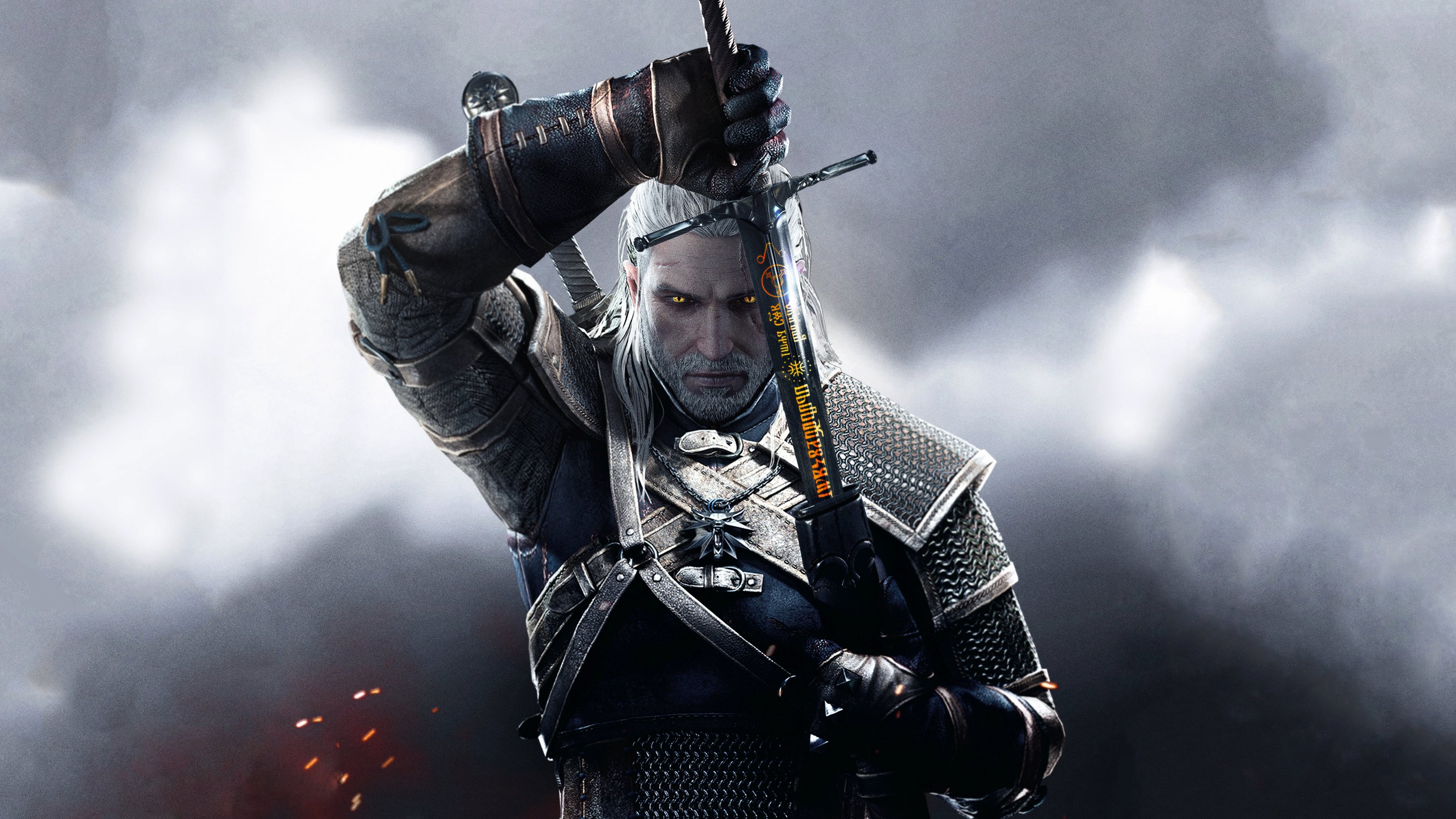
This article contains spoilers for the Family Matters quest in The Witcher 3. The story was originally published in PC Gamer issue 283 and published online in 2015. We're repromoting it now in celebration of The Witcher 3's fifth anniversary.
When Geralt of Rivia arrives in Velen, searching for his adopted daughter Ciri, he finds a war-ravaged no man’s land. Dead soldiers litter the fields—the aftermath of a bloody war between Temeria and the invading Nilfgaardians—and deserters hang from trees, bags over their heads, swaying gently in the breeze. Yet despite this horror and devastation, Velen is also a place of startling natural beauty, of lush forests and rolling hills. This contrast is mirrored in The Witcher 3’s most emotional and disturbing quest, Family Matters, and in the complex, conflicted character at the centre of it: the Bloody Baron.
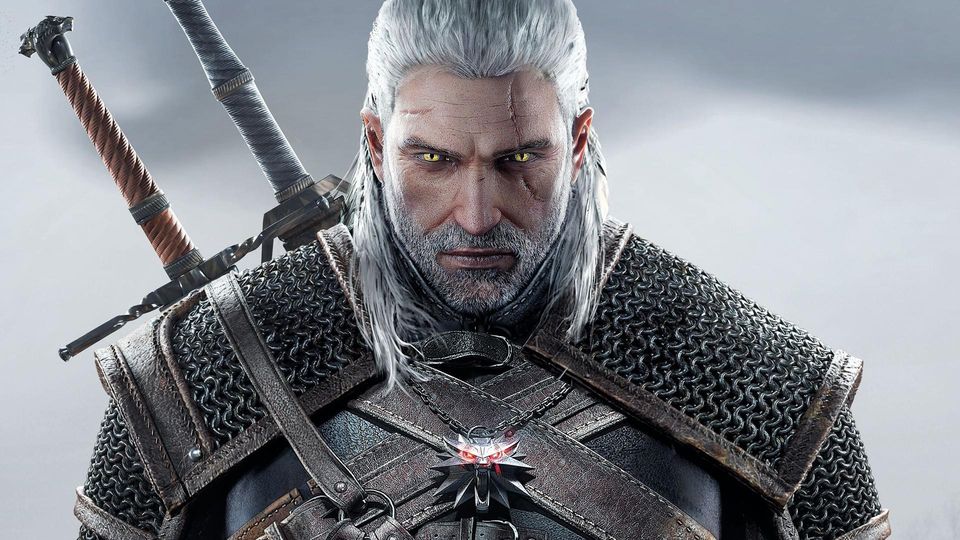
The Witcher 4: Will it happen?
Witcher 3 mods: Good hunting
Witcher 2 mods: Mods fit for a king
Witcher 1 mods: Quality of life for the classic
The Witcher season 2: Release date, cast, and trailers
“We needed a character that personified Velen, with all of its beauty and troubles,” Paweł Sasko, designer of the quest, tells me. “The Baron is a soldier, much like we have today, who comes back from war with PTSD and alcohol issues. He’s unstable and unpleasant, but he also has positive traits. He loves his family and would do anything for them.”
The roots of Family Matters can be traced back to Sasko’s childhood, growing up in a poor village in the Polish mountains. “I saw families destroyed by alcoholism and violence,” he says. “I saw parents fighting with each other and beating their kids, but they were also in love and loyal to their family.” Fascinated by this complexity, Sasko went to university and took a PhD in psychology to help him understand people better.
The Baron knows where to find Ciri, but won’t tell Geralt until he helps him find his missing wife and daughter. “The Baron was created as a parallel to Geralt,” says Sasko. “They’re two fathers who have lost their loved ones; two men with blood on their hands; they both have personality issues; they’d do anything for their families.”
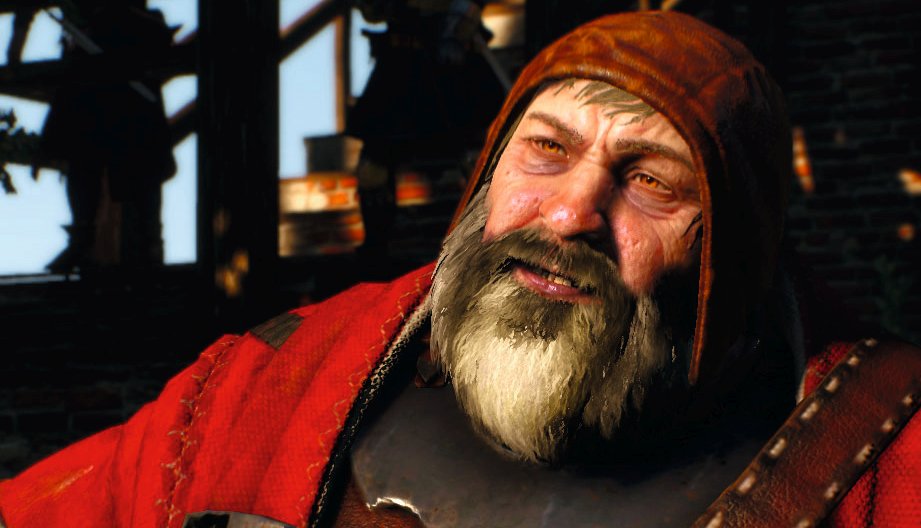
It’s clear they don’t entirely trust each other, and their relationship is uneasy, but these similarities mean Geralt connects with the Baron on a personal level—whether he likes to admit it or not. On the surface the Baron is charismatic, likeable, and quick to make a joke, but there’s a dark side to him that slowly unravels. You find yourself sympathising with him one moment, and cursing him the next.
“That was one of my goals when I designed him,” Sasko says. “There are very few people in our lives, even if we love them, that we’ve never felt conflicted about. That’s what makes a character real.” By making you feel torn between loving and loathing the Baron, Sasko says, he was able to give extra weight to your decision-making in the quest. “You hesitate when presented with a choice. Family Matters was intentionally designed to show both sides of the Baron, to highlight how tragic his story is.”
The biggest gaming news, reviews and hardware deals
Keep up to date with the most important stories and the best deals, as picked by the PC Gamer team.
Geralt explores the Baron’s fort, Crow’s Perch, using his witcher senses to trace the missing family. But in doing so, he finds signs of domestic violence and spilled wine that suggest there’s more to the story. They didn’t go missing: they left after the Baron got drunk and assaulted his wife, causing her to miscarry their unborn child.
It’s a dark revelation, and one of the first times your opinion of the Baron is soured. But you also know that, prior to Geralt’s arrival, he helped Ciri. “The Baron took care of her, almost like a replacement for his daughter,” says Sasko. “This was a narrative trick to make you sympathise with him. To doubt that he’s really a bad person.”
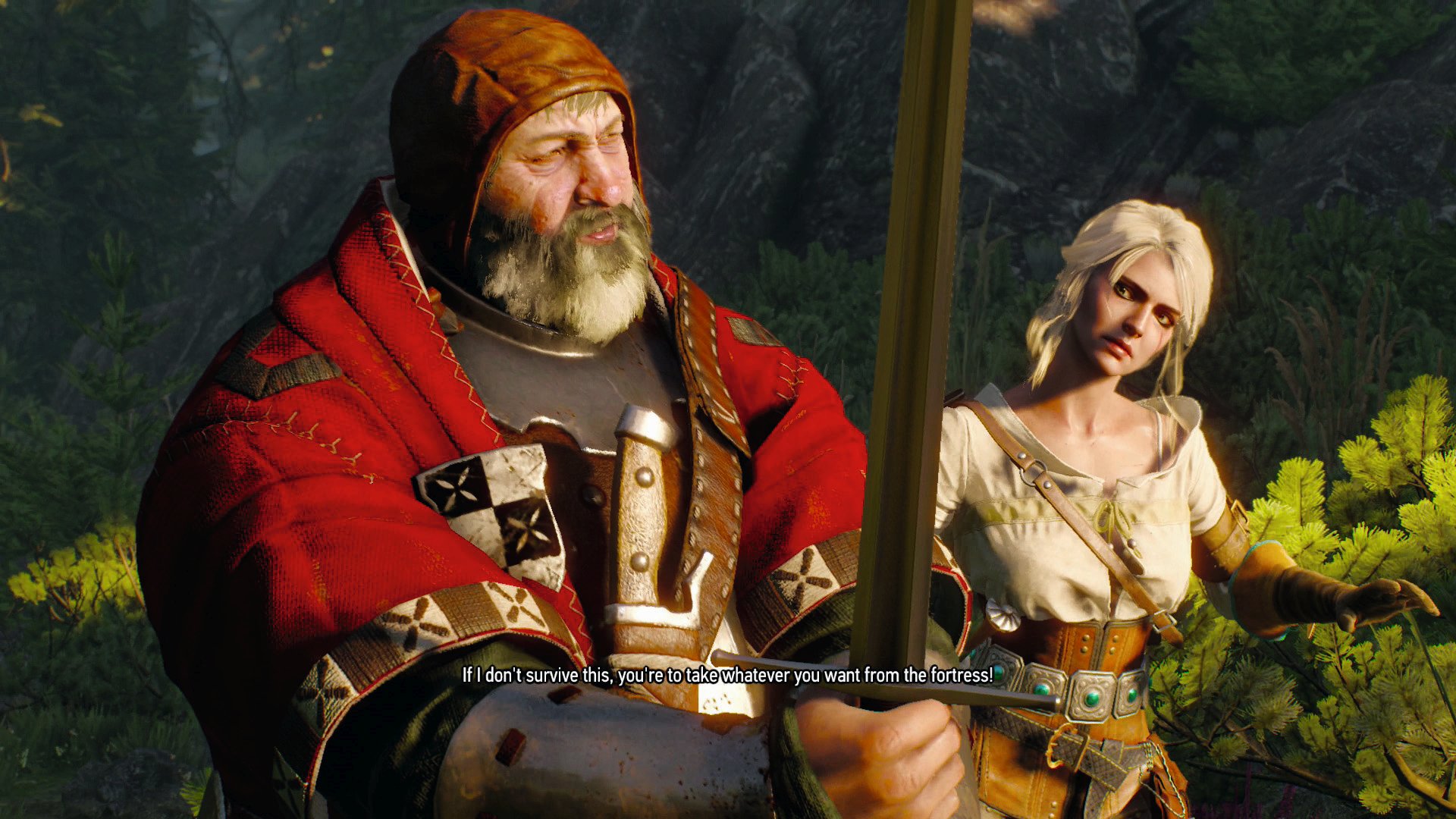
The Baron’s abuse of his wife has grave consequences beyond the emotional distress caused. The miscarried child, which was hastily buried outside the fort, has become a foul creature called a botchling. These grotesque, baby-like monsters sneak into the bedrooms of pregnant women and drink their blood. It’s the most disturbing creature in The Witcher 3. And like many of the game’s monsters, it’s rooted in Slavic folklore.
“In an old book, a Slavic bestiary,” Sasko tells me, “I found a picture of a creature that was half bat, half newborn baby, called a poroniec—whose name is derived from the Polish word for miscarriage. This became the inspiration for the botchling.” The idea was passed to the concept art team, and Marek Madej, who was responsible for drawing many of the game’s monsters, dreamed up its macabre design.
They were very strict about secrecy, so scenes arrived in batches. I had no idea where the story was going.
Geralt can choose to force the Baron to give the botchling a proper burial, freeing it from its turmoil, or kill it. Choose the latter and it morphs into a fearsome beast, and a boss fight ensues, but it’s the burial option that’s the most interesting—especially in terms of the Baron’s character development. For the first time we see the haunted soul behind his jokes and bluster, and it’s a genuinely touching moment.
The Bloody Baron is a rich, nuanced character, which is down to good writing, but also to the wonderful performance of actor James Clyde, who voices him. “I didn’t know how popular The Witcher was until my daughter told me,” he says. “This is my first videogame.”
Clyde, a classically trained stage actor, recorded dialogue for the Baron at a studio in central London over a period of 18 months. “They were very strict about secrecy, so scenes arrived in batches. I had no idea where the story was going. I wasn’t sure at first if there was much complexity to the character, but as it went on the layers were revealed.”
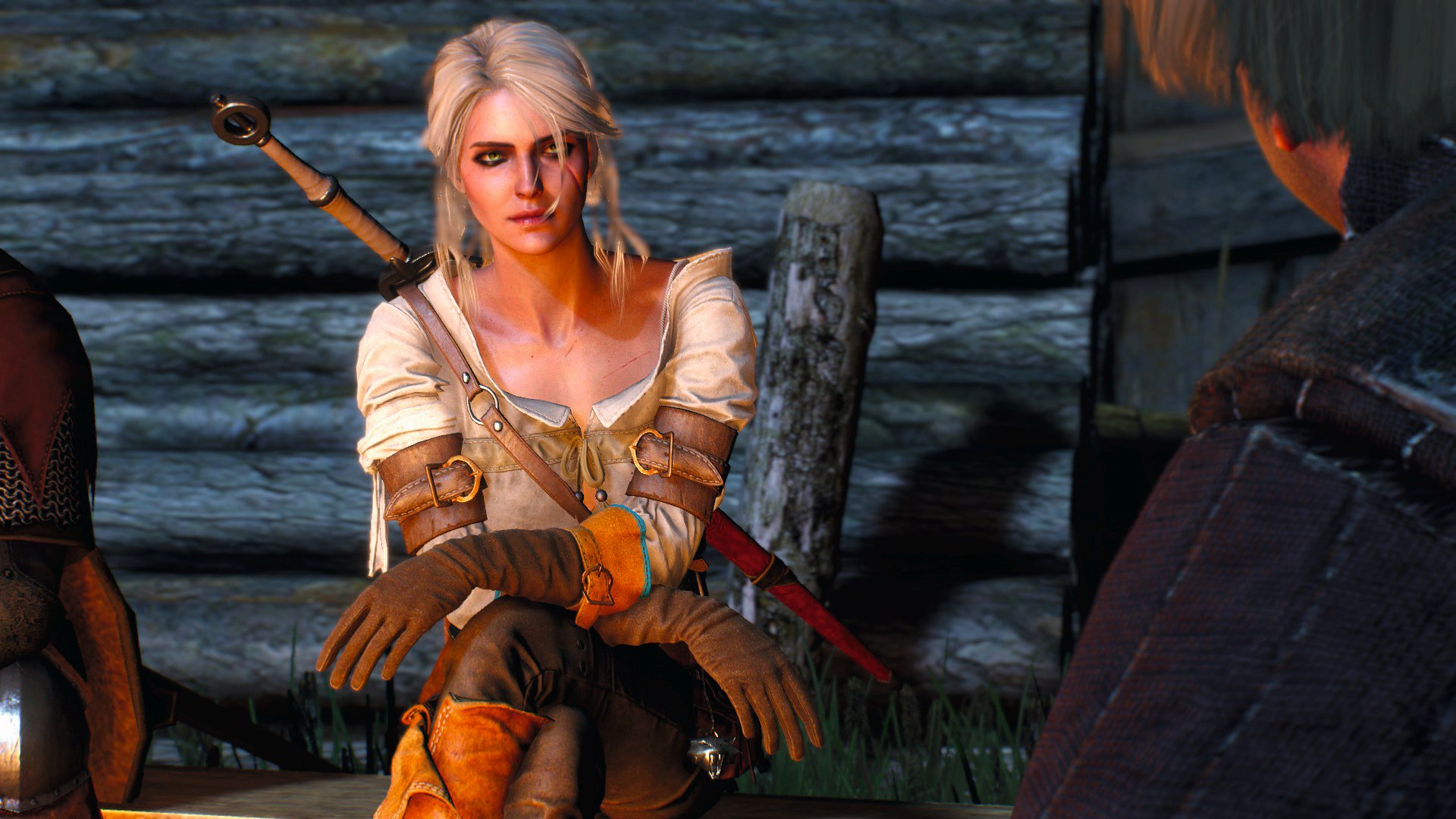
“What forged the character, as well as his military history, was the troubled relationship between him and his daughter,” says Clyde. “The boozing and humour is his attempt to smother that, I think. But I only became aware of this complexity as the scenes arrived in bits. If it was a movie or a play I’d have known all this stuff beforehand.”
“In games like ours, high quality voice acting for a character is essential,” says Sasko. “In the case of the Bloody Baron, we did a live casting, and the results were presented to Borys Pugacz-Muraszkiewicz (lead English writer), who always has final say.”
“You had to trust the directors,” says Clyde. “Sometimes I didn’t know where I was in the story or what was going on. We’d have to call Borys, who never seemed to sleep. He’d always be willing to explain. It was amazing. We’d call him up about a word we didn’t know how to pronounce and he wouldn’t mind, even if it was four in the morning for him. He even recorded a whole load of pronunciations for us. Thousands of them.”
“The personality and motivations of the Bloody Baron were discussed at length,” Sasko says. “James Clyde voiced him perfectly in the English version. In other languages he sounds equally good, but I think his performance is my favourite.”
“The night before my first session, I got a call from one of the directors, Kate Saxon,” says Clyde. “She said ‘Look, we’ve got a slight problem. We used every regional British accent in the first two games. Well, except one...’ And I was like, don’t tell me it’s Birmingham. And it was. So that’s why the Baron’s a brummie.”
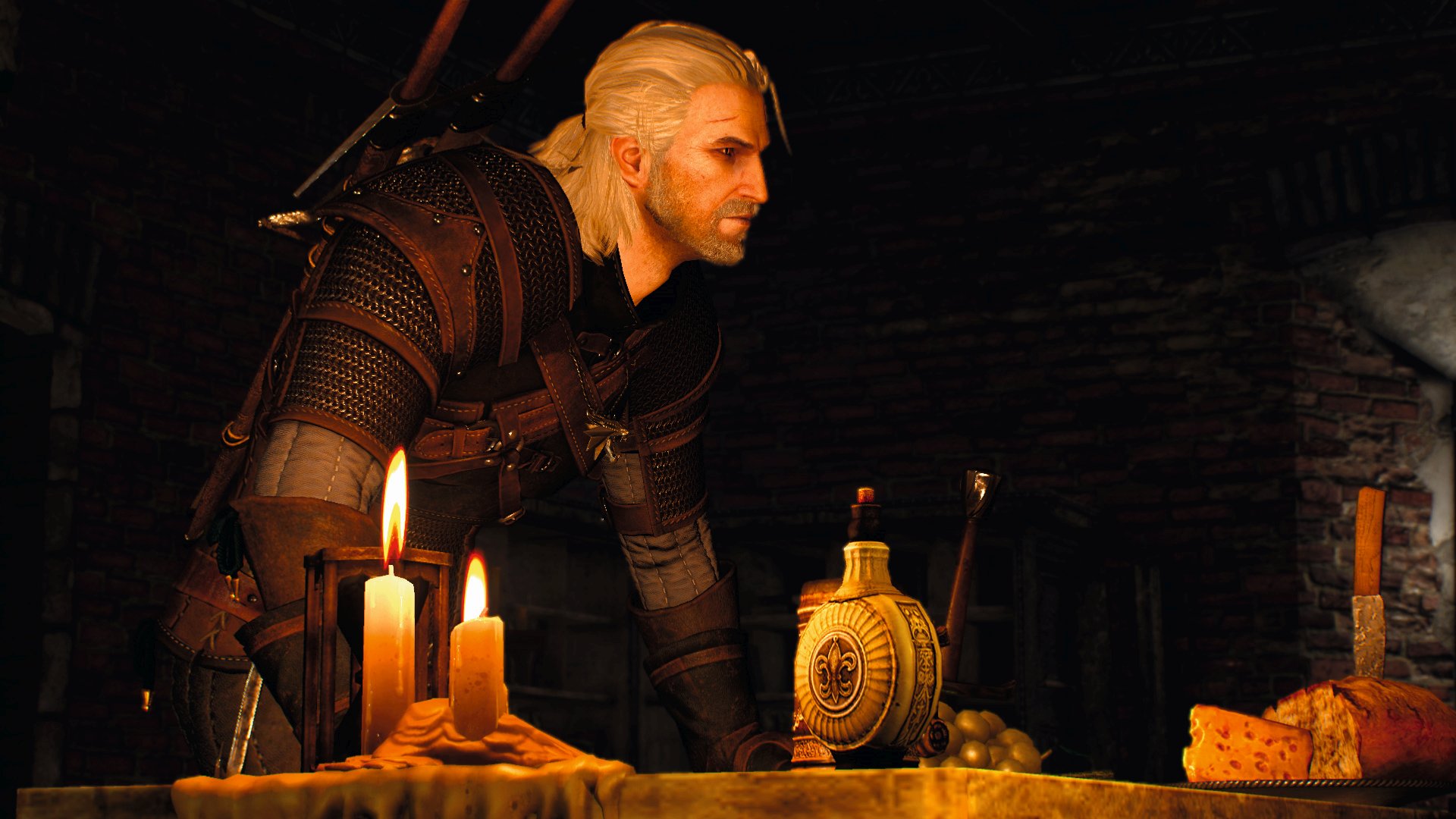
“With about 50 hours of dialogue in the main storyline, a script of 450,000 words and 950 characters, it took over two and a half years to finish the whole game,” says Ben Ryalls from Side, who produced, cast, directed, and recorded all the game’s English dialogue. “We visited CD Projekt RED for an intensive prep session in which we were given extensive quest synopses, plot branching maps, images, and videos. The director, the main English writer, and actors would discuss every scene in detail. The writer was always on hand to give more context when needed. The scripts were great, so we had good source material to work from, plus we cast strong performers who could give us the performances it required. James Clyde is a great example: he has credits in theatre, TV, and film, so he brought a lot of experience.”
After dealing with the botchling and, in the process, encouraging the Baron to confront his demons, Geralt is hired to track down his family. His daughter, Tamara, has fled Crow’s Perch to escape her father’s drunken rages and joined the Eternal Fire, becoming a witch hunter. Anna, his wife, is enslaved by witches living in nearby Crookback Bog. Everything comes to a head when the Baron is reunited with his family in the Bog, and the story can end in a number of ways—some of them happy, some really not—depending on Geralt’s actions.
“The challenge with a game like The Witcher 3 is the branching storylines,” says Ryalls. “The directors, actors, and writers really have to work together to hit the right tone for each path a player can take, so that each one gets a performance to match their choices.” In one ending the Baron’s wife dies, and he later hangs himself, torn apart by grief. In another he saves her, and takes her to the Blue Mountains to reverse the crones’ curse. Depending on the ending, Family Matters is either a story of redemption, or a bleak tragedy.
“We started with a very basic idea,” says Sasko. “Geralt meets a baron who wants him to kill a monster, and offers information about Ciri in return.” Sasko designed the events of the quest, and scripted it in the engine, while Karolina Stachyra wrote the dialogue and cutscenes. Then it was tested and approved by the project leads.
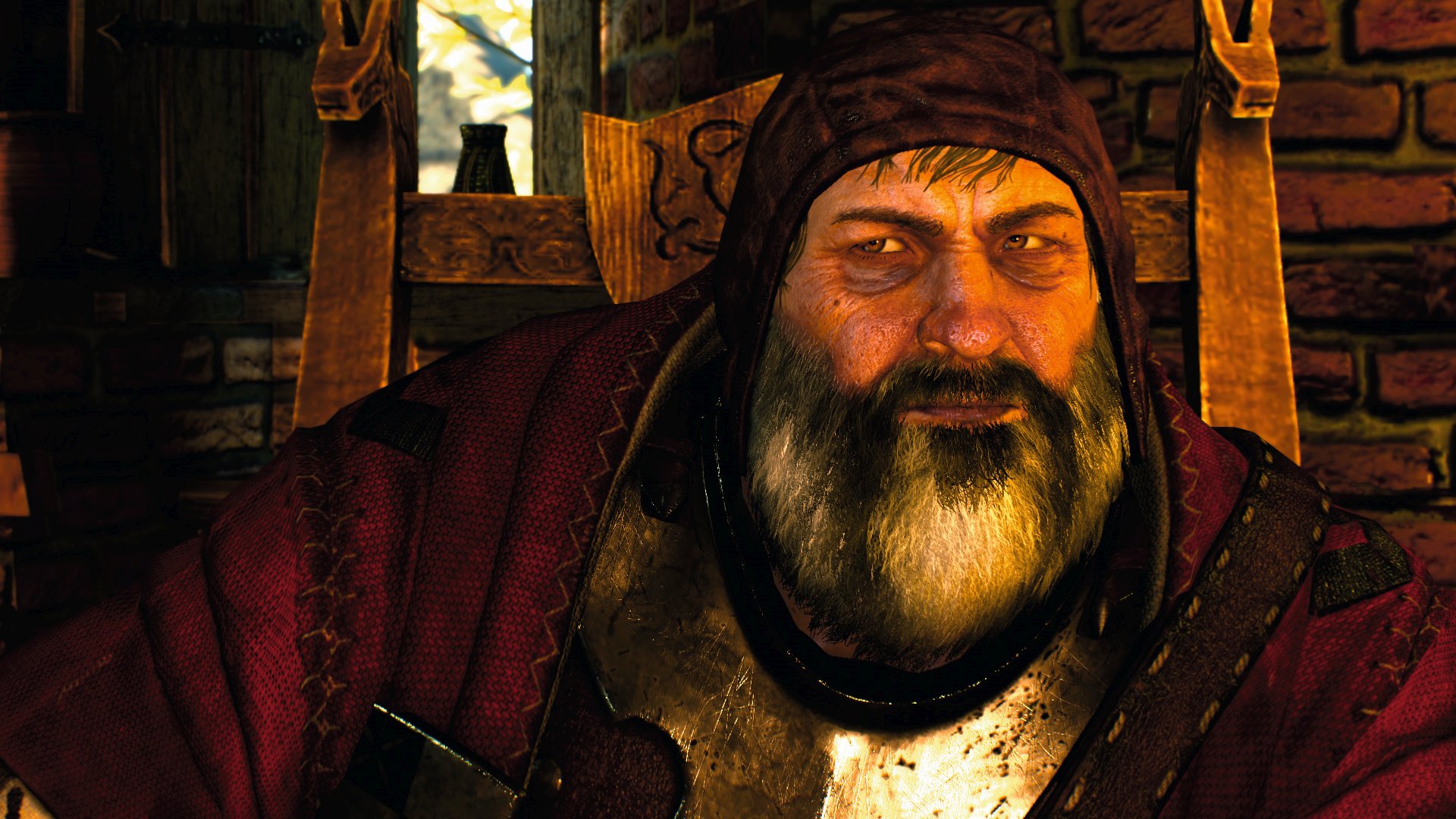
“Every area in The Witcher 3 touches a different topic and has a different atmosphere,” says Sasko. “The story of the Baron was designed to reflect the problems of folk living in Velen. In this place there’s war, famine, death, missing people, old rituals, and terrifying monsters. And Family Matters was crafted to contain all of these elements.”
The quest didn’t change much from the first version Sasko designed on paper, but some details changed over time. “The tone of small things were changed and dozens of ideas from the team were incorporated. This is how quests are designed at CD Projekt RED, from the smallest to the biggest. We always go down the same path.”
Family Matters is one of the best RPG quests I’ve played in years. It takes very real, important subjects—alcoholism and domestic abuse—and deals with them in a brutal, heartbreaking, and honest way. But, thanks to the blood-curdling botchling, it still feels like part of The Witcher’s dark fantasy world. It’s superbly written, brilliantly acted, and the branching paths make it well worth replaying. It’s The Witcher 3 and developer CD Projekt RED at their absolute best, and was the highlight of the game for many players.
“It’s amazing to hear that people love Family Matters,” says Sasko. “That is, hands down, the best reward I could ever imagine to get for my work. Our lead writer, Marcin Blacha, said once that he doesn’t like stupid games, and I think that’s the reason for The Witcher 3’s success. We respect the player’s intelligence. We treat videogames as a medium for adults, to tell mature stories. Our ambition is to touch on issues that have never been tackled by games before, but tastefully, and with respect for the subject.”
If it’s set in space, Andy will probably write about it. He loves sci-fi, adventure games, taking screenshots, Twin Peaks, weird sims, Alien: Isolation, and anything with a good story.


